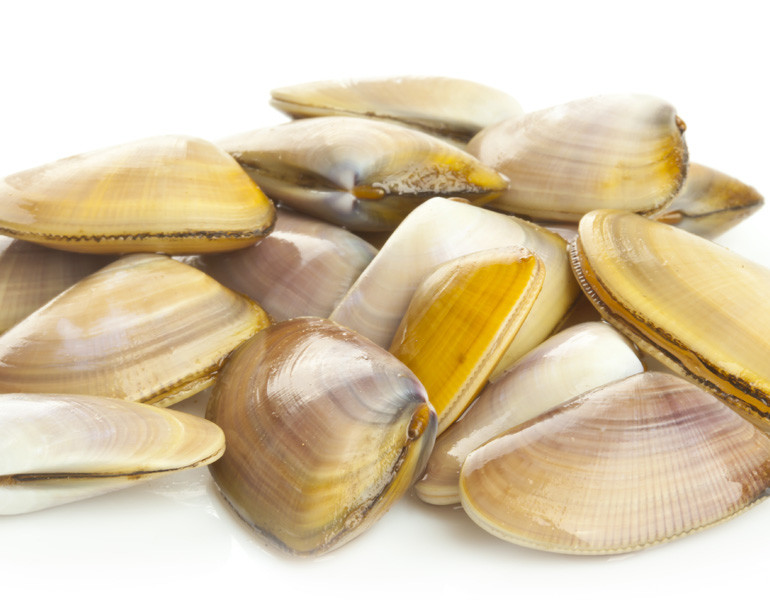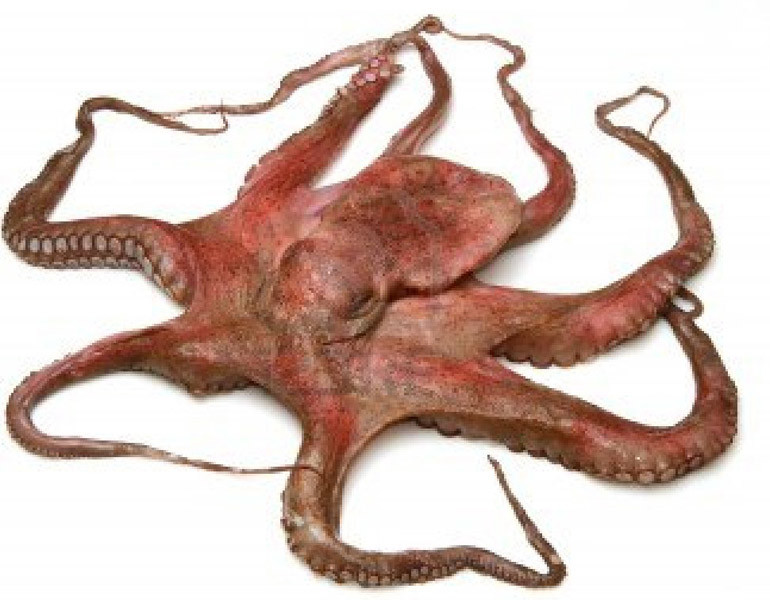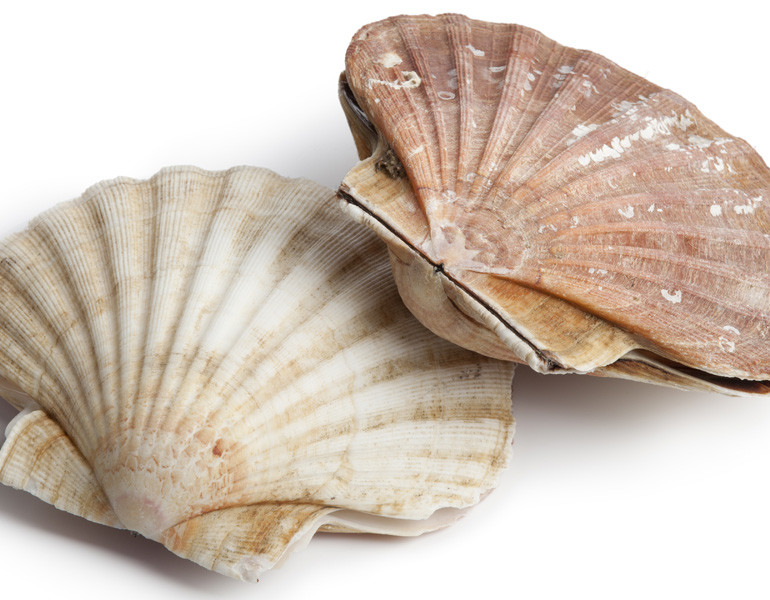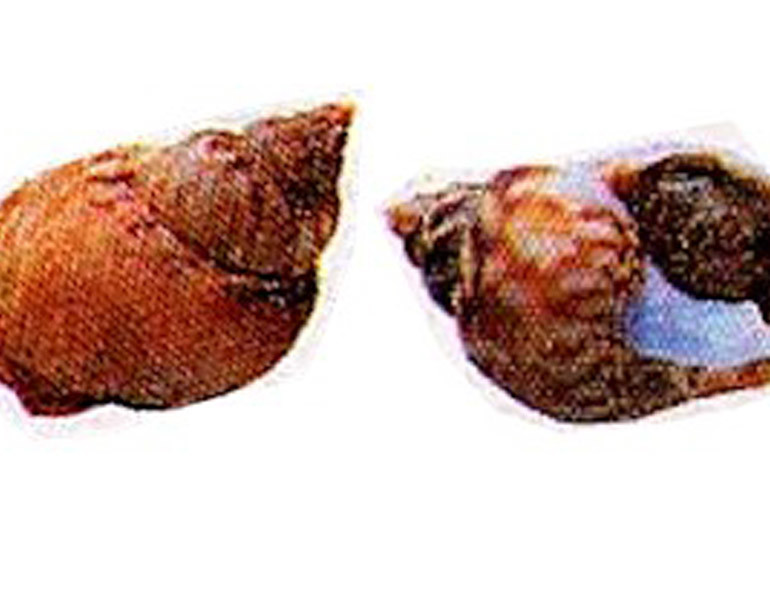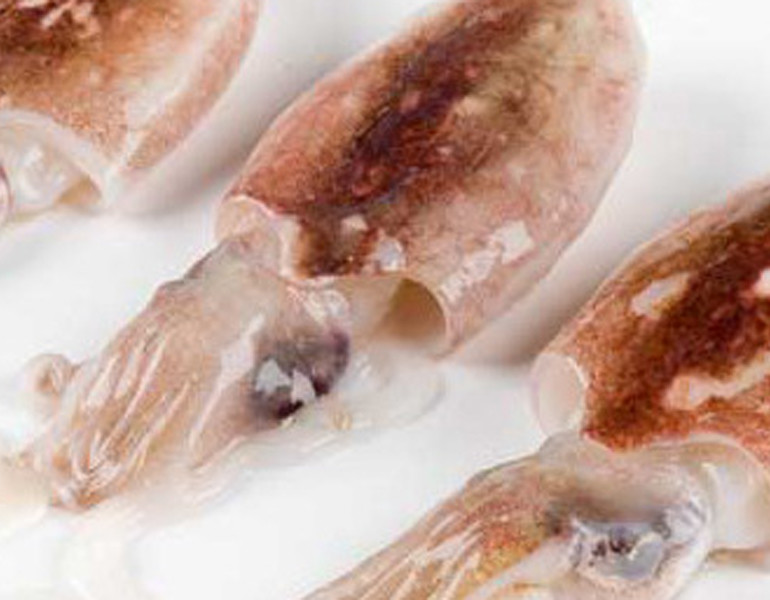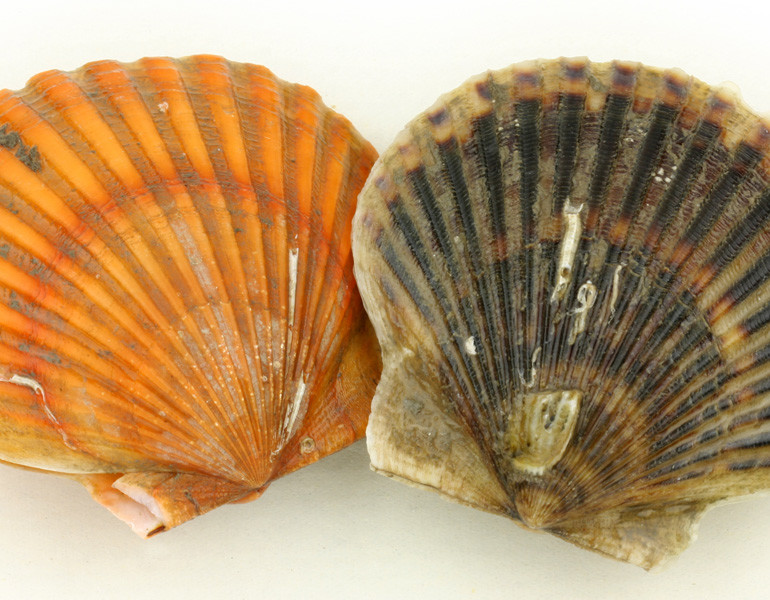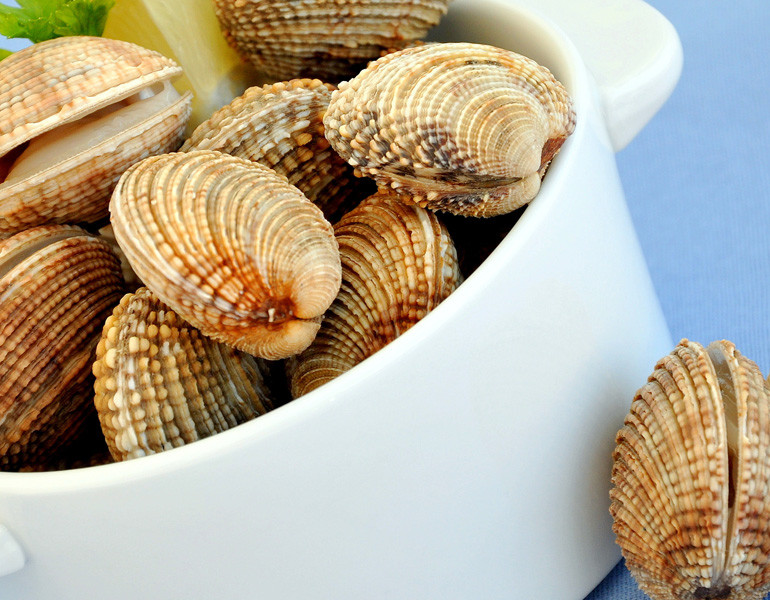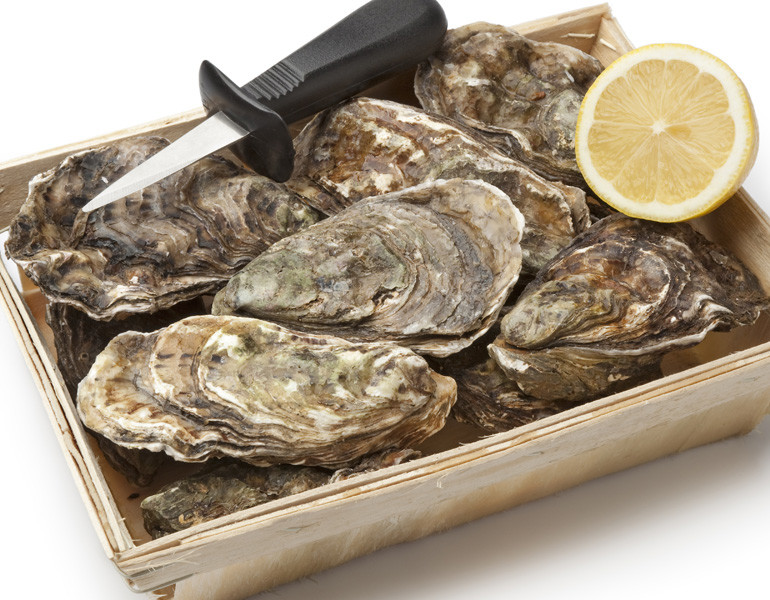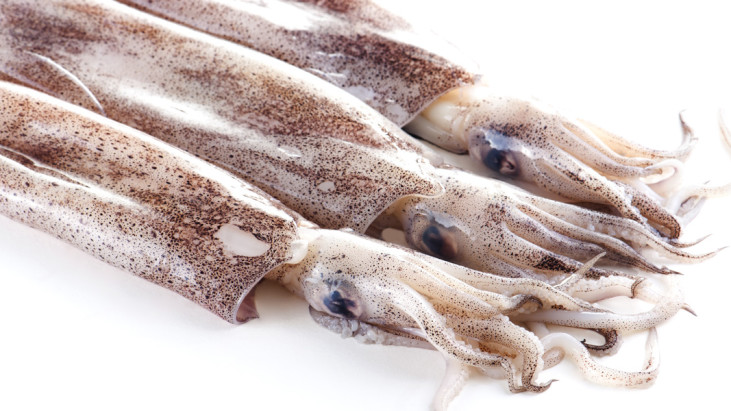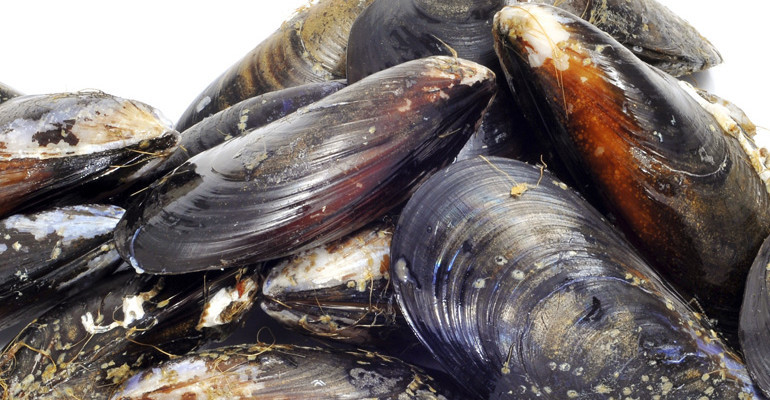The cockle or donax trunculus lives in large colonies near the seagrass beds of Posidonia. It prefers sandy seabeds and depths of more than ten metres. It buries itself a few centimetres below ...
Mollusks
Risultato della ricerca: ‘‘
Sea snails or “maruzzelle”
Nassa Mutabilis They generally live in shallow waters, mainly hidden on sandy bottoms, not going below 20 meters and are widespread in the Mediterranean. The baby snails are consumed mostly by ...
Common bobtail squid
It is a shellfish living in the Adriatic Sea in infinite quantity divided into particular specimens reproducing, alternately, in spring and autumn. Scientific description: Rossia Macrosoma The ...
Queen scallop
The queen scallop is a mollusc which is very common in the upper Adriatic area. Scientific classification: Chlamys varia. Habitat The queen scallop lives at depths of around 12 to 30 metres and ...
The Truffle of the sea
The Truffle of the sea, or ‘Venus Verrucosa’ prefers sandy sea beds which are muddy and full of debris it can hide in. By breathing through special ‘traps’ and simply ...
Ostrea edulis
This marine species lives on the seabed, on the coasts of the northern Adriatic Sea. They are able to live anchored to the rocks at a depth of 40 metres, or resting on the mud. They generally ...




